Have you been brainwashed about photography? I’ll bet you have been and you don’t even know it.
Right about now you’re thinking, “come on, what the hell are you talking about?”
Alright, let’s jump right in. Here’s the first thing you’ve been lied to about: To take a great photograph you need the newest, fastest, highest- ISO, multi-media camera out there.
To that, I quote my friend Guy Kawasaki, Bull Shitake!
Look at all the great photos that were taken pre-digital with fixed, low ISO, no-trick cameras.
But before you think I’m just some old geezer who’s stuck in the glory days of film and can’t go with the flow of digital, that’s not what I’m talking about. I’m talking about what’s really important in photography and not the consumer-driven industry that convinces you to discard your “old” equipment that you bought just 3 years ago and shell out big bucks for the new version. That’s crap.
Ask yourself this: Who makes the picture, you or the camera? (Hint: Bambi Cantrell said, “people take pictures, cameras don’t!”)
How often do you need to be able to jump to 25K ISO or shoot at 8 frames per second? Show me your great photographs where this really mattered.
Now look, I love new gear as much as anyone. I also shoot a lot of photos on my iPhone and realize that these will ever be great. Just because it’s been proven that you can do a fashion shoot with a camera phone, doesn’t mean you should.
I believe in using the right tool for the job. Learn to use your camera so that it becomes instinctive and get out and focus on what really matters: You, your subject, and how to put it all together in a frame that tells a story. Do you have this simple equation mastered?
If not, let’s get out of the Matrix for just a moment and do this for yourself, and no bull shitake about how you’re too good to need this exercise.
1. Go buy a disposable camera for less than $5. You know the ones that you take back and they develop the pictures?
2. Now visualize the photos you want to make with it.
3. Then go out and make them. You only have the 12 or so exposures that it comes with, so no cheating.
4. Post your best photo in our Photo Share.
I will pick the best one and it will be featured on our homepage, Twitter, and Facebook. (cool eh?)
Stay tuned for more tips on how to advance your photography!

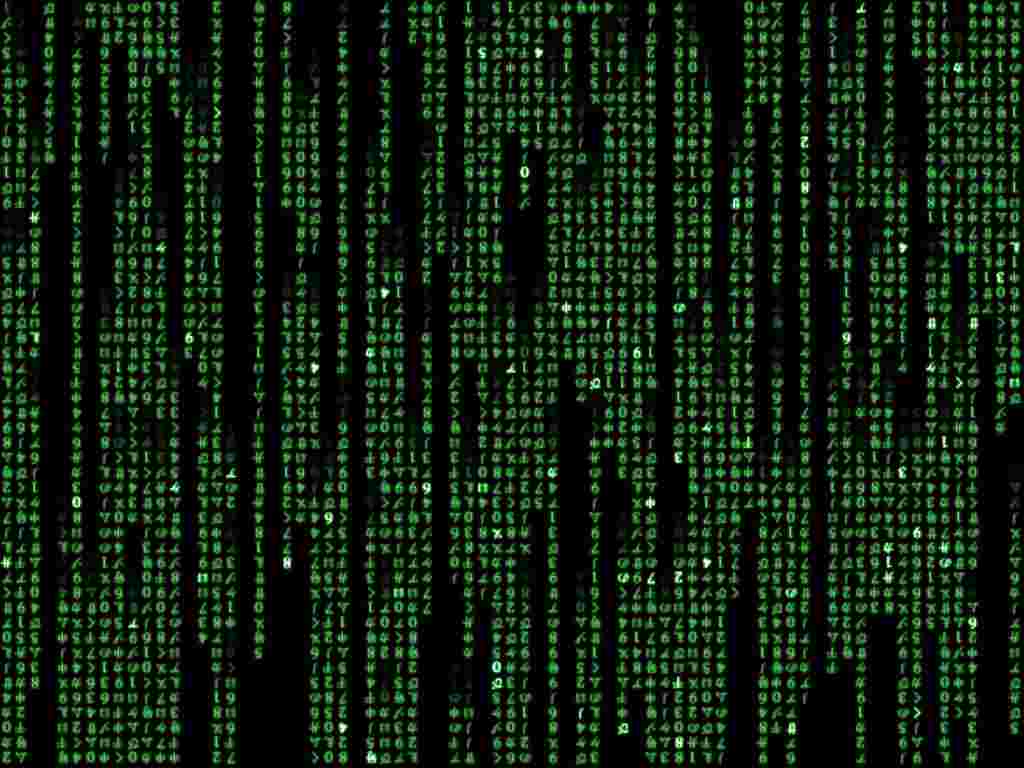
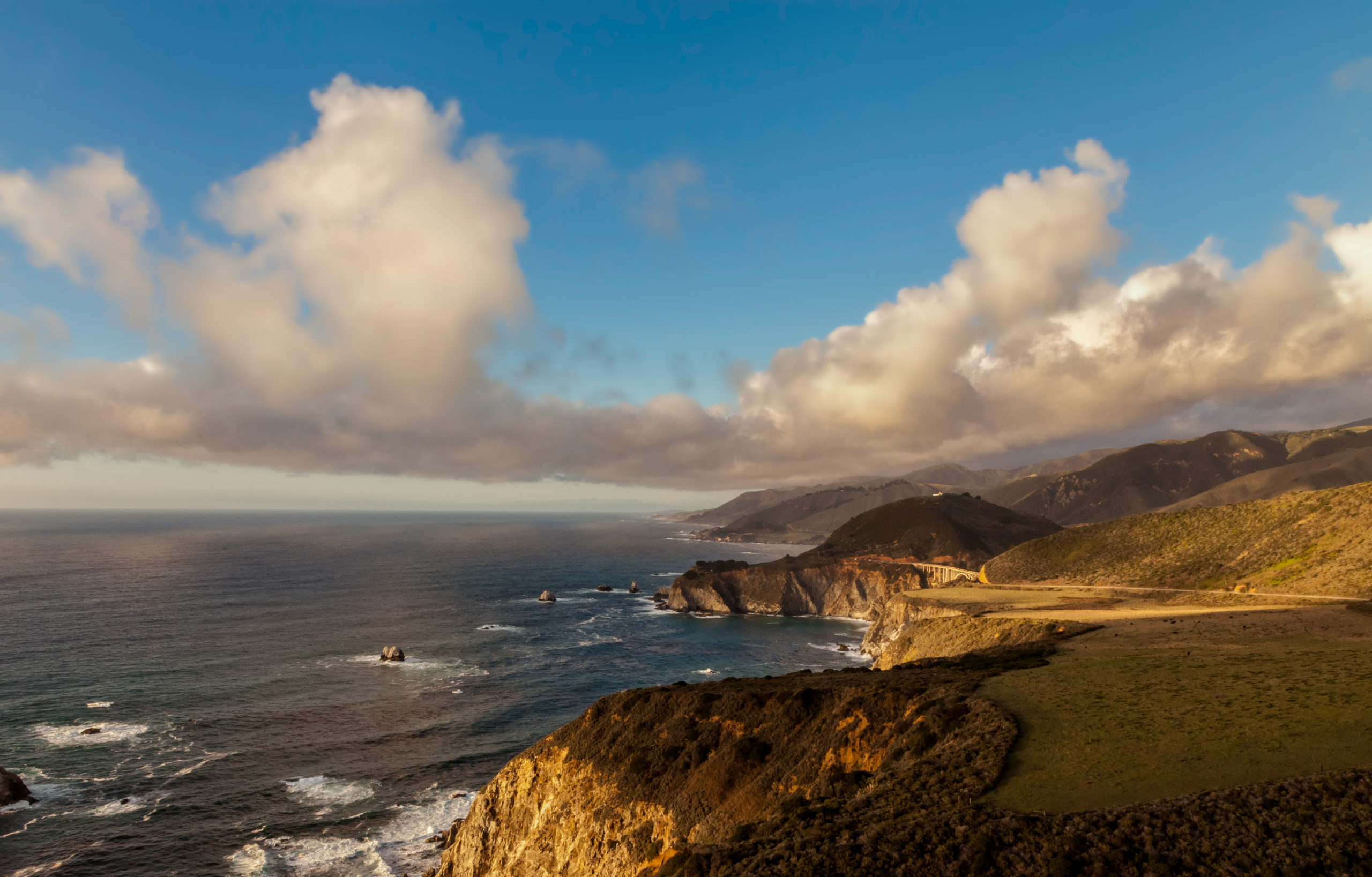
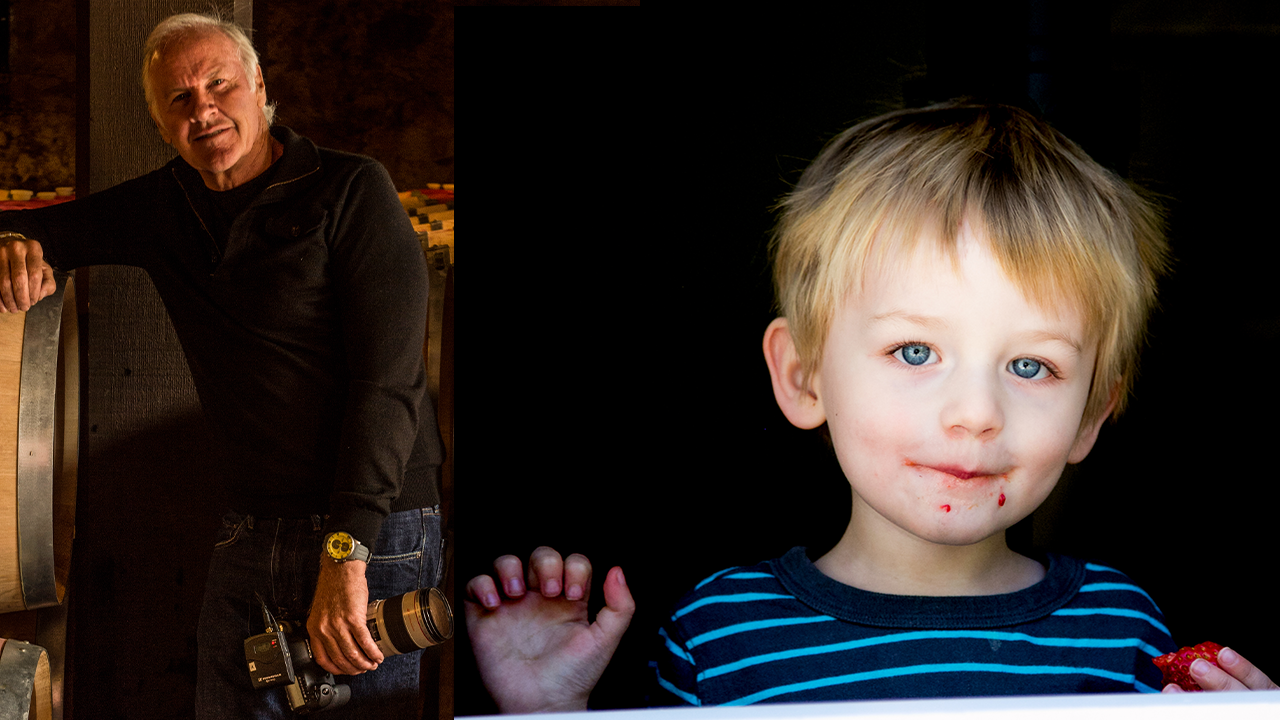
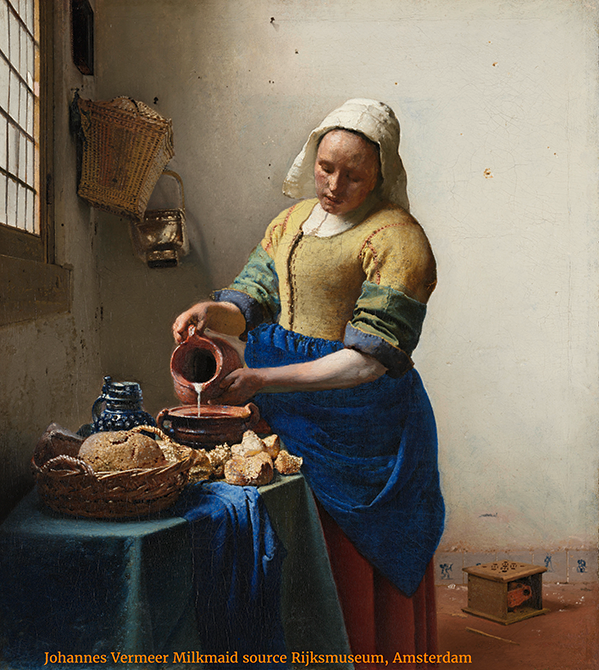
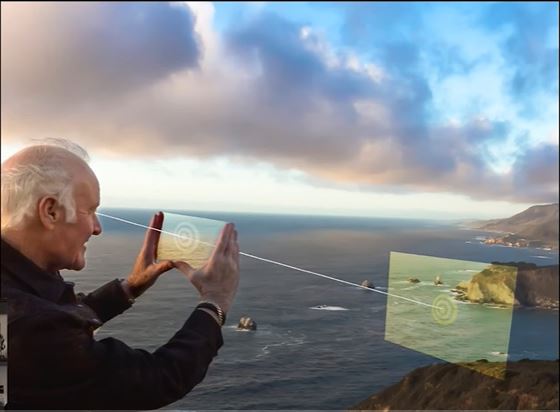
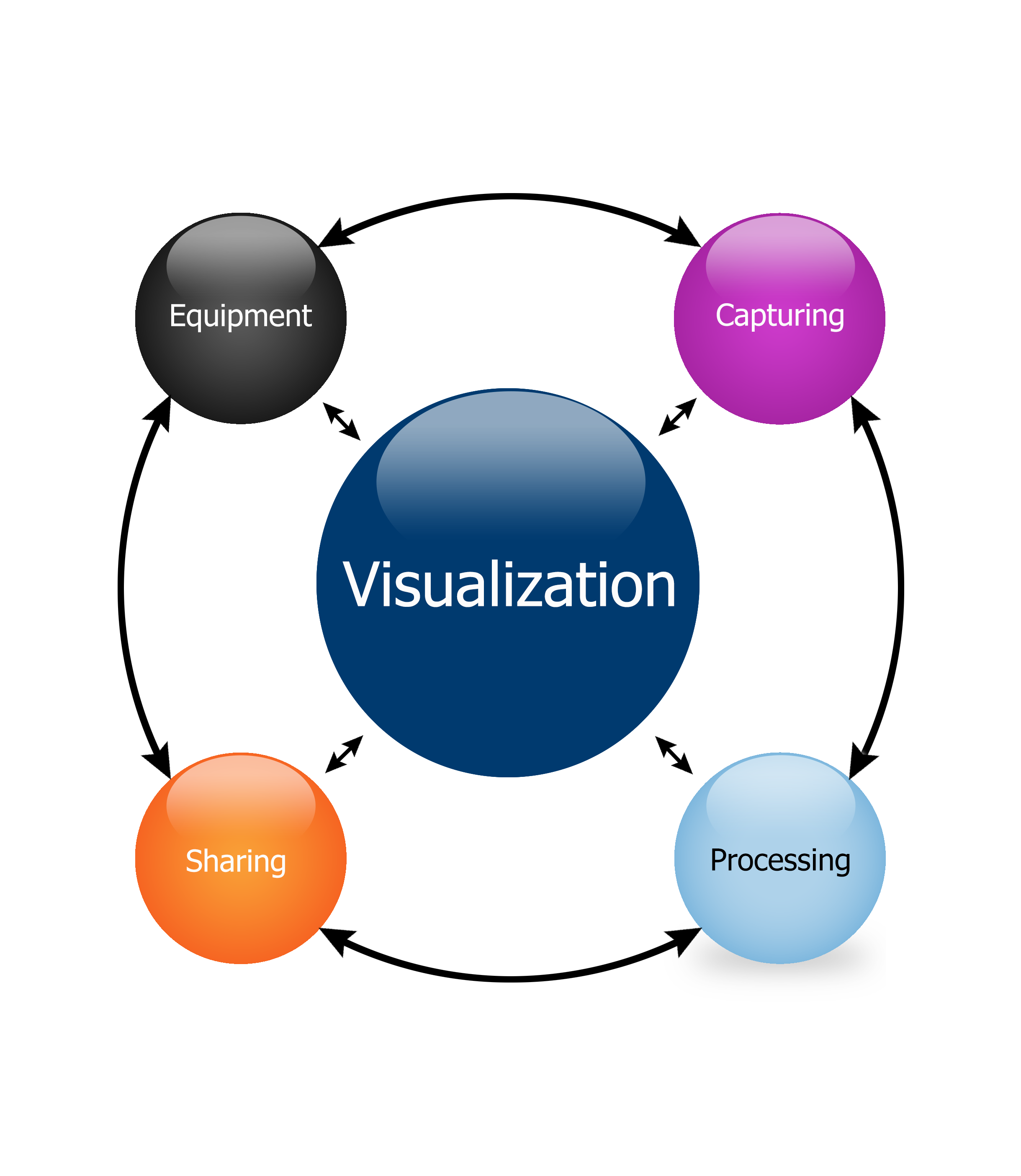
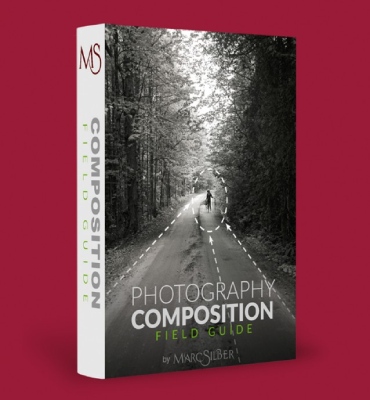
thanks for joining us Katie, you’re definitely no too late!
I don’t know if I am too late for this, but I am interested in trying the exercise anyhow! 🙂
Truly, I’m a beginner, and my pictures with disposable cameras have – in my opinion, and for the most part – horrific!
I’ll let you know how it goes within the next week or two. Can’t wait to see how they will come out, and if anyone replies!
Thank you! <3
For general photography, I agree. My landscape shots could be made with most any camera, however wildlife shots are not that easy. I have been shooting with a Canon XSi for the last couple of years and started with a Sigma 75-300mm lens in addition to the kit lens. The first trip to Florida for wading birds, I found out that 300mm is too short. Next I bought an older Tamron 200-400mm lens and that was better, but the lens was hard to stabilize since it was an effective 640mm due to the crop sensor. So I sprung for the Canon 100-400mm IS lens and my photos took a HUGE step forward with better bokah and image stabilization. That was fine for wildlife that was sitting still, but the camera only took a few frames in “continuous” mode before the buffer filled and the ISO was only usable up to 400. Anything higher and the noise was so bad that it was useless. I just upgraded to the Canon 7D and the first trip out I got some fabulous eagle shots that I never could have gotten with the XSi as the buffer would have filled up and the noise would have been insane. This is a long story but it should make a point – you need the equipment for YOUR field of focus. My old XSi with a 24-70mm lens will work fine for landscapes, but that does not mean that for wildlife I should “make do” with inadequate equipment!
great will look for your photos!
Love it! I happen to have a disposable camera in my camera bag, so I will start thinking about the shbots I want, and get to work
amazing quote, thanks Matt, didn’t realize that over a 100 years ago this trap was sprung…
It’s an older story than The Matrix. 🙂
“The lens is always considered the most important of all the tools the photographer employs. So it is, but I should like to say boldly that, within limits, I do not care what make of lens I use. It is as well to have the best your means will allow, but there has always been too much made of particular variations in the make of lenses. It has been the fashion to think too much of the tools and too little of the use made of them. I have one friend who did nothing last year because he had made up his mind to buy a new lens, and could not determine whose make it should be, and he was tired of his old apparatus. His was of the order of particular and minute minds that try to whittle nothing to a point. I have another friend who takes delight in preparing for photography, and spends a small fortune in doing so, but never takes a picture.” -H.P. Robinson, Letters On Landscape Photography, published 1888
Great post Marc, I know kung fu 🙂
Ansel devoted the beginning of his 1s book to Pin-hole cameras, can’t get any lower tech than that.
There’s more to this Matrix than just the camera-fixation, stay tuned…
Give Ansel Adams a disposable camera and I am sure he could make beautiful pictures with it. If you like playing with cool expensive toys and can afford them, go for it. If you like making beautiful images, do it. Just don’t confuse the two.
+1 Marc. Getting almost instinctive with the camera, just as we do with our car, is the most important thing that matters, thus, allowing us to focus on the important : Composition, and exposure.
if you’re foolish enough to do so, then at least sell it to me 😉
Marc, are you saying I need to sell my 50+ year old Leica M2 and buy a newer camera? LOL